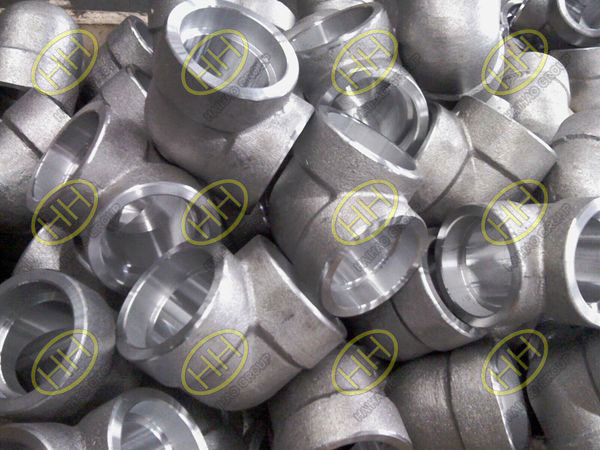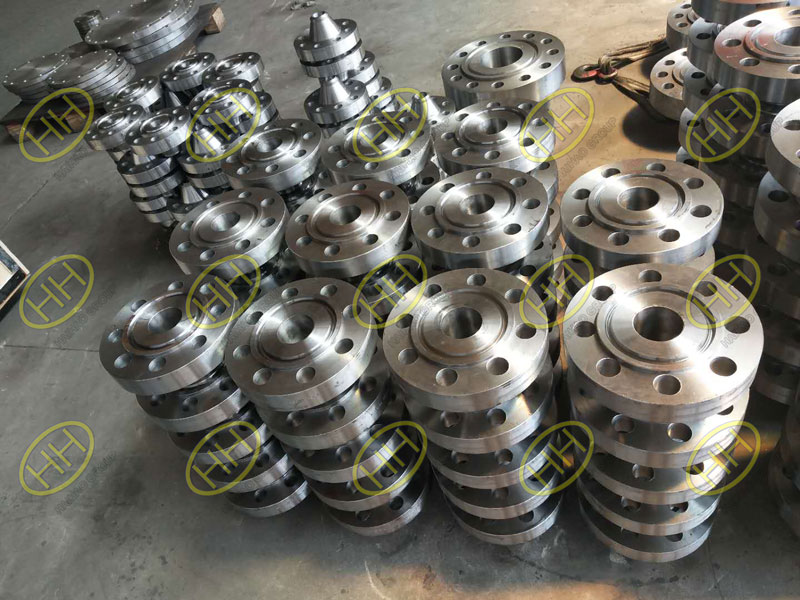The advantages and disadvantages of forging process
Forging process provides uniformity of composition and structure. Forging lead to metallurgical recrystalisation and grain refinement due to thermal cycle and deformation process. This strengthens the resulting steel products, especially in terms of impact and shear strength.
Forged steel is generally stronger and more reliable than castings and plate steel due to the fact that the grain flows of the steel are altered, conforming to the shape of the part.
There are the advantages of forging process:
- Generally tougher than alternatives
- Will handle impact better than castings
- The nature of forging excludes the occurence of porosity, shrinkage, cavities and cold pour issues.
- The tight grain structure of forgings making it mechanically strong. There is less need for expensive alloys to attain high strength components.
- The tight grain structure offers great wear resistance without the need to make products “superhard”.
- Low cost operation.
- This process does not required special skill operator.
- Variety of shapes can be formed by this process.
There are disadvantages of forging process:
- Higher initial cost for big forging presses.
- Secondary finishing process required in hot forging.
- It cannot produce complex shapes.
- Size is limited due to size of press.
- Brittle metal cannot be forged.
Haihao Group manufacture & supply forging piping products such as elbows,tees,unions,caps,couplings,outlets and flanges.If you want to know more about our piping products,please email us:sales@haihaogroup.com


